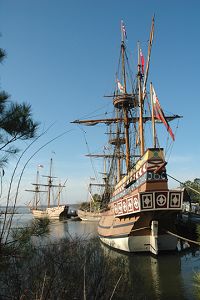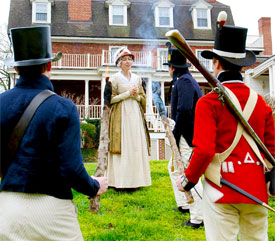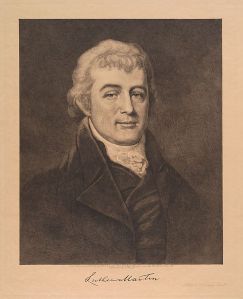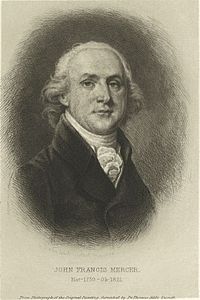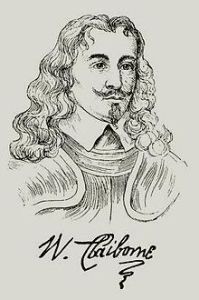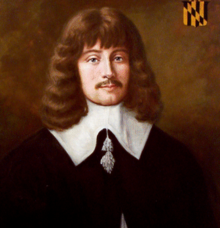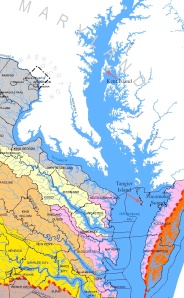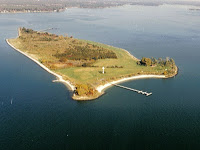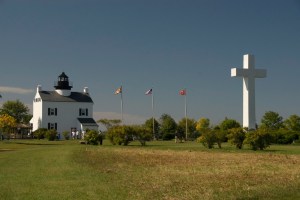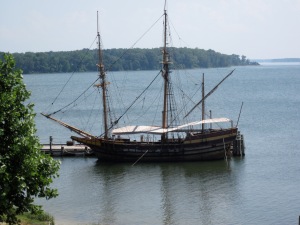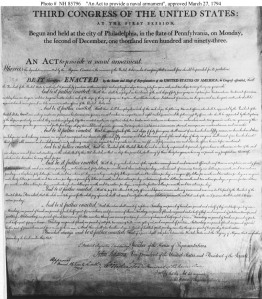On this date in 1607, Jamestown was visited by Native American Chief Wowinchapuncke and around 100 of his warriors. While this was not the first contact between Natives and the English, this interaction would set the tone for the complexities of these two different groups living side by side in the early years of the Virginia colony. Furthermore, the deviation between the description of this encounter by primary sources, and the outcome shows clear revisionist history on the part of the early Virginia colonists.
Wowinchapuncke was the Wereowance of the Paspahege tribe, whose land surrounded (and actually included) Jamestown. The Paspahege and the English had met before during the exploration of the James River. In fact, the English scouting party had feasted with Wowinchapuncke on May 4th, and had listened to an oration by said Chief, which they apparently were unable to understand. Furthermore, upon arriving at Jamestown, the Paspahege had gifted two deer to the Virginia colonists. It was, therefore, rather unsurprising that the Paspahege would make another visit. However, this visit on the 18th saw the English settlers’ relationship with their native neighbors take a turn for the worse.
When Wowinchapuncke arrived at Jamestown with 100 armed warriors at his back, the English settlers became edgy and grew more agitated as the encounter went on. While George Percy, one of those present, stated that the purpose of the visit was for the Paspahege to freely give the English any land that they wished to develop, what actually happened is up for debate. However, it is a fact that the Paspahege contingent left after a dispute over an English hatchet. The English account states that one of the Paspahege warriors had stolen a hatchet and an Englishman retrieved it by physical force. The English believed that the Natives were inherently thieves and took this action (if the hatchet was taken at all) as proof of their belief. After that the English apparently got their weapons and, seeing this, Wowinchapuncke led his men away.
This misunderstanding, and likely misrepresentation of the event, led to Paspahege assaults on Jamestown later that month. However, in June, Powhatan orders the cessation of hostilities by the Paspahege. As the Paspahege are a tributary tribe of Powhatan, they obey his instructions and abruptly end their attacks. Thus, in a sense, this misunderstanding introduced the English settlers are introduced to the overriding power of Powhatan over this region, and the need for further contact. However, the resulting skirmishes are a foreshadowing of the bitter border disputes between the English settlers and their Native American neighbors.
Wowinchapuncke was killed several years later in another battle with Virginia colonists. A commemorative marker was erected near Jamestown on John Tyler Highway, marking the vicinity of a possible Paspahege village. Said site has been excavated.
